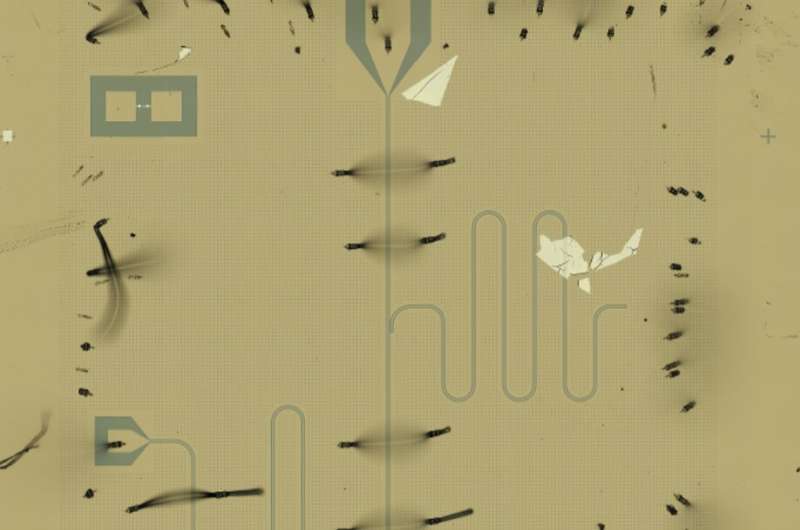For quantum computers to surpass their classical
counterparts in speed and capacity, their qubits—which are
superconducting circuits that can exist in an infinite combination
of binary states—need to be on the same wavelength. Achieving this,
however, has come at the cost of size. Whereas the transistors used
in classical computers have been shrunk down to nanometer scales,
superconducting qubits these days are still measured in
millimeters—one millimeter is one million nanometers.



